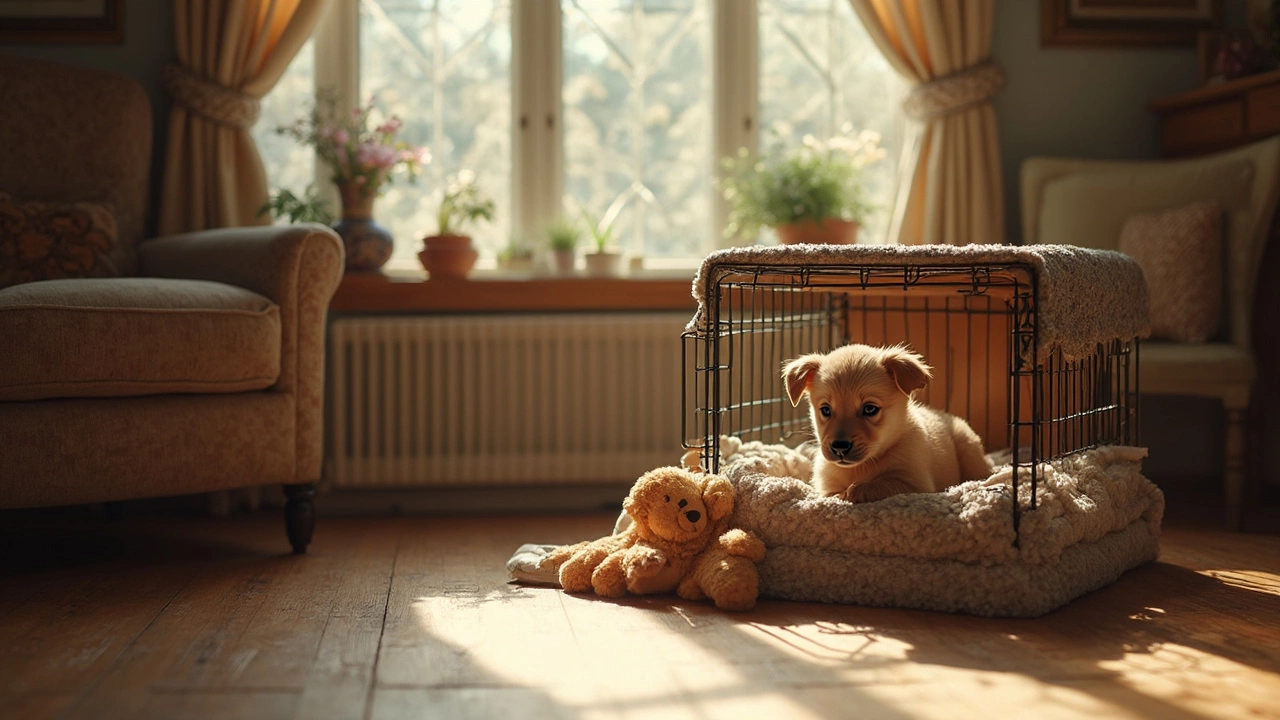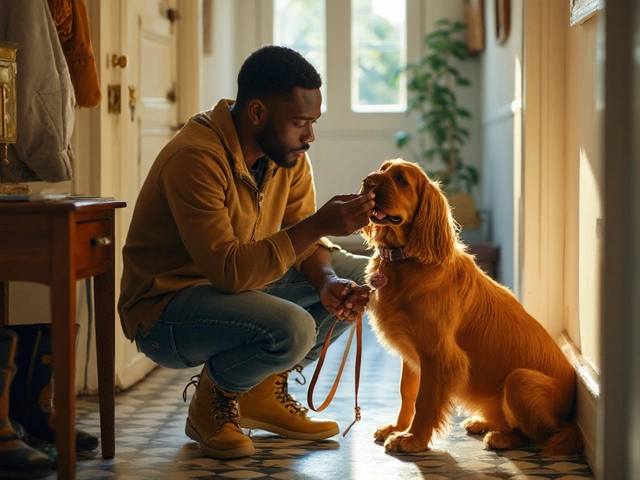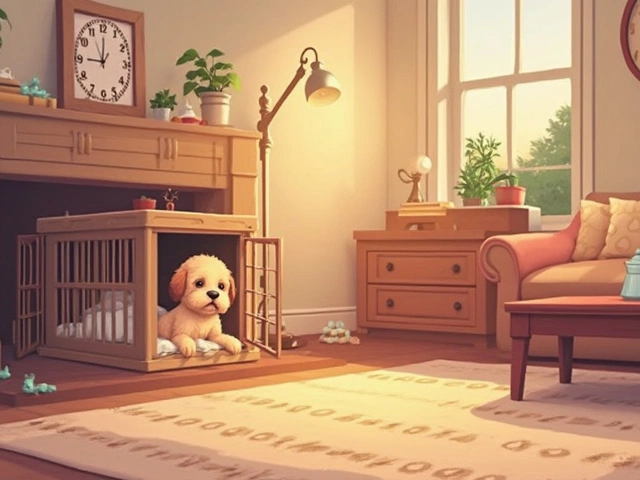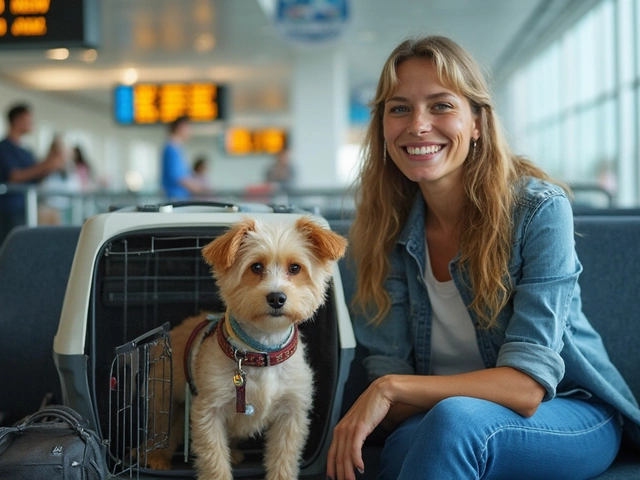Crate training can be a life-saver, but it's one of those things where timing and approach make a world of difference. A crate can act like a secure den for your puppy, giving him a place to chill out when you're busy. But should you lock your puppy in there during the day? That's the million-dollar question.
Understanding when and how long to keep your pup in a crate without causing stress is key. Puppies have their own personalities, and while one might feel comfy in a crate, another might get anxious. The golden rule most trainers suggest is: make the crate a positive space, full of treats and toys, never a punishment zone.
Typically, age matters. A simple formula is the age in months plus one equals the number of hours a puppy can generally hold it in a crate. So, a three-month-old could manage about four hours, tops. Exceed that, and you might end up with an anxious pup or a puddle in the crate.
- Understanding Crate Training
- Benefits of Daytime Crating
- Potential Downsides
- Tips for Successful Crate Training
Understanding Crate Training
Crate training is a simple yet effective way to create boundaries and safety for your puppy. It's not just about putting your puppy in a box—it's about teaching him that the crate is his personal space where he can relax and feel secure.
Crate training often gets a bad rap because some folks misuse it, treating it like a permanent holding cell. But when done right, it taps into a dog’s natural instincts as den animals. Ever notice how dogs love to curl up in small, cozy spots? That’s because it makes them feel safe.
Benefits of Crate Training
When your puppy sees the crate as a positive space, it helps in many ways:
- Housebreaking: Puppies don’t like to soil where they sleep, so they learn to control their bladder until they're taken out.
- Safety: Keeps your puppy from chewing on cords or other dangerous items when you're not around.
- Travel: A crate-trained puppy is more comfortable during trips in a car or plane.
How to Introduce the Crate
Start by placing treats and toys inside to entice your puppy. Leave the door open at first and let him explore. Once he’s comfortable, close the door for a few minutes while you’re nearby, then gradually increase the time he spends inside.
You don’t want him to associate the crate with bad experiences, so avoid using it as punishment. Instead, use it when your puppy is calm and reward him when he enters the crate willingly. Keep the process gradual and patient.
| Age (Months) | Crate Time (Hours) |
|---|---|
| 2 | 3 |
| 3 | 4 |
| 4 | 5 |
By understanding the basics of crate training, you're setting your puppy up for a lifetime of security. Remember, the ultimate goal is to create a sanctuary, not just a cage.
Benefits of Daytime Crating
When it comes to crate training, daytime crating can have its perks. It's not just about controlling chaos; it helps your puppy learn important life skills too. Imagine having a go-to trick that not only ensures your pup's safety but also aids in their development.
Instills Routine and Security
First off, a dog crate can instill a sense of routine and security. Puppies thrive on routine—like bedtime rituals for kids. By giving them a consistent place for naps and breaks, you help set expectations for them. Knowing that they have a safe retreat can ease anxiety in unfamiliar surroundings.
Encourages Positive Behavior
Using a crate wisely can encourage good behavior. Because dogs are naturally clean animals, they tend to avoid soiling their den. This instinct means crating during the day, along with regular bathroom breaks, can help with house training. Over time, you'll end up with a more disciplined pet.
Protects from Mischief and Hazards
An inquisitive puppy can sometimes get into mischief or even danger. Whether it’s chewing on electrical cords or getting into the cleaning supplies cabinet, being in a crate ensures that your pup avoids these hazards when you’re not around to supervise.
Enables Owner Flexibility
Another plus is the flexibility it offers to owners. If you need to step out for an errand or take a call, you can trust that your puppy is in a safe environment. It gives you peace of mind knowing your four-legged friend isn't getting into trouble.
| Age (months) | Max Crate Time (hours) |
|---|---|
| 2-3 | 2-3 |
| 4-5 | 3-5 |
| 6+ | 4-6 |
Of course, moderation is the magic word here. Too much time in the crate during the day can lead to issues. It's all about balancing time inside the crate with outdoor play and attention.
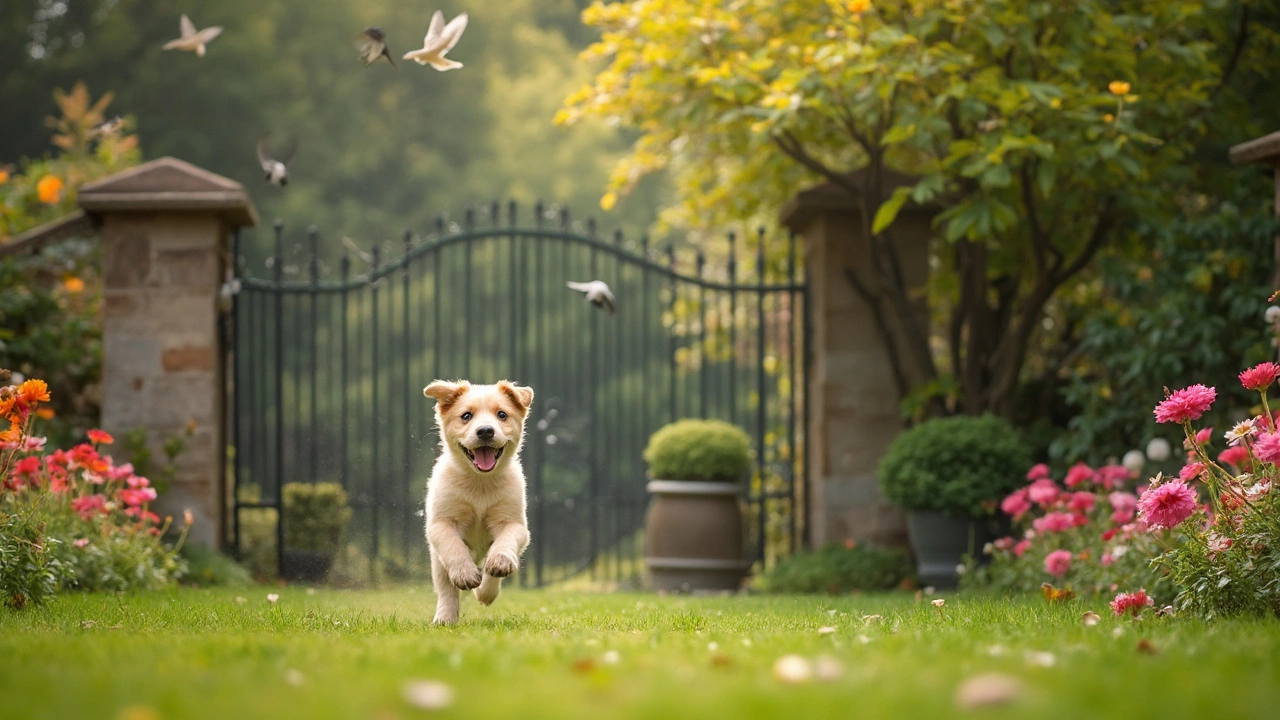
Potential Downsides
While having a crate can be super handy, there are some drawbacks you definitely want to consider. Locking your puppy in a crate during the day isn't always the perfect solution. Here’s why.
Crate Anxiety
First up, some puppies just don't dig being cooped up. They might cry, howl, or even try to claw their way out, showing signs of anxiety. If your puppy associates the crate with being locked away all day, it might lead to stress and make crate training way harder.
Limited Socialization
Puppies need social interaction to grow up happy and well-adjusted. Spending too much time in the crate can mean missing out on important socialization opportunities. It’s crucial for puppies to interact with people and other dogs to develop social skills.
Physical Discomfort
Puppies have a lot of energy and need to move around to stay healthy. Being stuck in a crate limits their ability to stretch their legs, potentially leading to physical discomfort or even minor health issues like stiffness or sore muscles.
House Training Setbacks
There's also the risk of house training setbacks. If puppies are crated for too long and can’t hold it, they may end up going in their space, which can confuse them and mess up the toilet training process. Remember the rule: age in months plus one for hours, so a 3-month-old should ideally not be crated for more than four hours.
| Age (Months) | Max Crating Time (Hours) |
|---|---|
| 2 | 3 |
| 3 | 4 |
| 4 | 5 |
Nailing the balance between time in the crate and out is key to avoiding these downsides. Your puppy should feel that the crate is a safe haven, not a solitary confinement.
Tips for Successful Crate Training
Getting your puppy to love his crate might seem daunting, but it's easier with the right tips. Here's how to ace crate training without stress.
Make the Crate Inviting
First things first, you want your crate to be comfy. Place a soft blanket or a bed inside. Think of it as a little *puppy pad* where naps can happen. Toss in a few toys that your puppy loves playing with. These small gestures make the crate a safe and cuddly retreat rather than a place of confinement.
Use Treats for Positive Association
Treats can be your best friend when it comes to crate training. Start by placing treats in the crate and letting your pup discover these on his own. This creates a positive association. Gradually, you can start giving treats as a reward for going in and staying in the crate.
Keep Sessions Short
Puppies have shot attention spans. Start with short crate sessions, like 5 to 10 minutes. Watch your puppy's reaction—if he seems okay, gradually increase the time. The key is to keep the experience positive and comfortable.
Stick to a Routine
Dogs thrive on structure. Keeping crate time consistent helps puppies feel secure. Try crating your pup at regular times, like after meals or during mellow moments. A steady routine makes the crate a predictable part of their day.
Avoid Using the Crate for Punishment
Last but definitely not least—never use the crate as a timeout spot or punishment. This is super important because using it negatively can cause fear or anxiety. Remember, the crate is their safe haven!
Here's a quick snapshot that might help:
| Age in Months | Max Crate Time in Hours |
|---|---|
| 2 | 2-3 |
| 3 | 3-4 |
| 4 | 4-5 |
| 5 | 5-6 |
Remember, consistency and patience are key. With these steps, you're setting your pup up for a lifetime of loving his crate.

